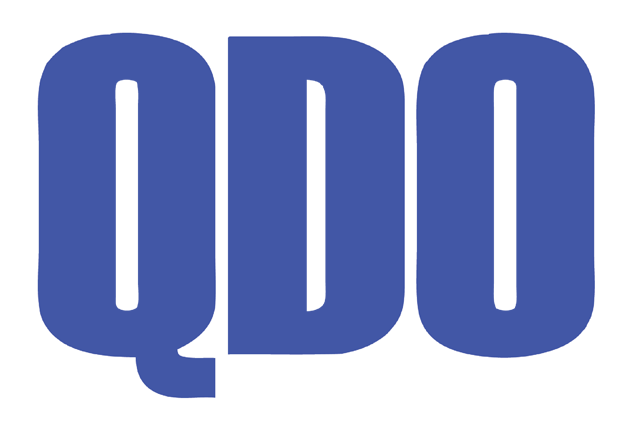An Atherton Tablelands Dairy farm has saved money and reduced energy consumption after implementing the recommendations from a recent Energy Savers Audit. The recommended irrigation upgrades have been implemented.
Summary
The farm is 190ha and irrigated all-year-round producing around 1.4 units per ha per year.
The annual energy consumption for the site during the 2018-2019 period was 72,204 kWh at a cost of $15,000. The energy consumption on the farm consists mainly of:
- Milk Cooling: vat cooling system.
- Milk harvesting and stalling: vacuum pump.
- Water heating: Vat HWS, air sourced heat pumps.
A recent energy audit showed how improving the current systems can lead to energy and cost savings. The audit recommendations are:
- Reconnect the plate cooler: to pre-cool the milk before it enters the bulk milk vat using a source of cold ambient water, allowing to reduce 10-12 degrees of milk temperature and a 25% in compressor run time, improving the efficiency of the cooling system.
- Install a roof ventilator above each of the 2 refrigeration units: to improve airflow around condensers as well as cooling efficiency.
- Adjust the thermostat on hot water service: lowering the temperature to improve the efficiency of the system.
- Replace mainline pipe and suction line: Replace (a) 620 metres of 100mm aluminium pipe mainline with 150mm PVC and (b) replace 160mm HDPE suction line with 200mm HDPE.
- Investigate and fix leaks: to reduce excess pressure loss in the pipeline, improving the performance of the irrigation system.
- Install a 10 kW Solar PV system: to reduce energy consumption from the grid.
Table 1. Costs and savings from audit recommendations.
| Recommendation | Annual Energy Savings (kWh) | Annual Costs Savings ($) | Emission Savings
(tCO2-e) |
Capital Cost ($) | Payback Period (Years) |
| Reconnect plate cooler | 690 | 182 | 0.6 | 400 | 2.2 |
| Install roof ventilators | 460 | 122 | 0.4 | 250 | 2.1 |
| Adjust the thermostat on hot water service | – | 0 | – | – | – |
| Replace mainline pipe and suction line | 16,510 | 3,632 | 13.4 | 17,500 | 4.2 |
| Investigate and fix leaks | 4,500 | 1,150 | 3.6 | 3,500 | 3.5 |
| Solar PV system | 17,400 | 2,020* | 14.1 | 15,000 | 7.4 |
|
Total |
39,560 | 7,166 | 32.1 | 36,650 | 3.9 |
*Considering 20% of the energy generated is used onsite.
The farmer proceeded with the replacement of the mainline pipe. The savings made have been measured in a Measurement and Verification (M&V) process, as outlined in Table 2.
Table 2. Estimated and Actual energy and cost savings.
| Metric | Audit estimation | M&V calculation | Variation (%) |
| Energy Savings (kWh) | 16,510 | 12,454 | -24 |
| Cost Savings ($) | 3,632 | 2,752 | -24 |
The lower savings obtained from the M&V calculations compared to those estimated in the audit may have been influenced by replacing only the mainline without replacing the suction line, which was incorporated into the estimated audit savings calculations. Likewise, after the upgrade of the mainline, the irrigation test was conducted in a location further from the pump compared to the test conducted prior to the improvement. If the test was performed in a similar location, it may have found higher savings, in line with the audit calculations.
The upgraded mainline has increased the wetted diameter distance from 64m to 70m, since the leaks and pressures losses have been minimised with the lower friction of the new PVC mainline, optimizing the use of water and contributing to reducing additional operational costs.
From the implementation of recommendations in the audit, the farm has reduced total energy consumption by 17% and costs by 18%, with Carbon emission savings of 10.1 t/CO2-e per year.
Table 3. Pre and post implementation energy consumption, costs and energy productivity improvements.
| Metric | Pre-implementation | Post-implementation | Reduction (%) |
| Energy Consumption (kWh) | 72,204 | 59,750 | 17 |
| Cost ($) | 15,000 | 12,248 | 18 |
| Energy Productivity (kWh/unit) | 271 | 225 | 17 |
An energy audit is a good investment
An energy audit is a great first step in moving a business towards a more efficient future by reducing energy use, costs and carbon emissions.
An energy auditor will review your past energy bills, your equipment and the way your business operates. They’ll show you where you’re using excess energy and explain what you can do about it. Find out about what’s involved in an energy audit HERE.
See the rest of the agricultural energy efficiency case studies HERE and Subscribe to our bi-monthly energy e-news HERE
If you have any energy efficiency related questions for the team get in touch at energysavers@qff.org.au.
The Energy Savers Plus Extension Program is delivered by the Queensland Farmers Federation with support and funding from the Queensland Department of Energy and Public Works.

